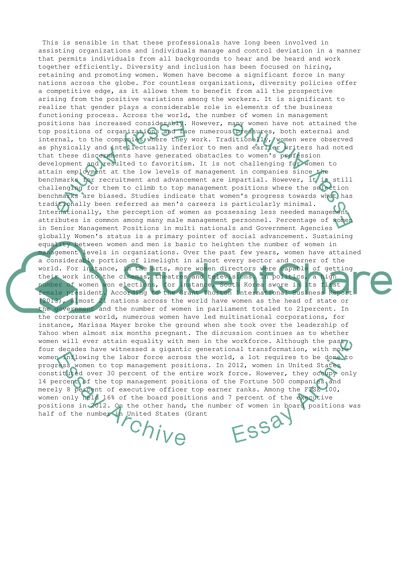Cite this document
(“Women in management in the 21st centuary Term Paper”, n.d.)
Women in management in the 21st centuary Term Paper. Retrieved from https://studentshare.org/management/1494750-women-in-management-in-the
Women in management in the 21st centuary Term Paper. Retrieved from https://studentshare.org/management/1494750-women-in-management-in-the
(Women in Management in the 21st Centuary Term Paper)
Women in Management in the 21st Centuary Term Paper. https://studentshare.org/management/1494750-women-in-management-in-the.
Women in Management in the 21st Centuary Term Paper. https://studentshare.org/management/1494750-women-in-management-in-the.
“Women in Management in the 21st Centuary Term Paper”, n.d. https://studentshare.org/management/1494750-women-in-management-in-the.


